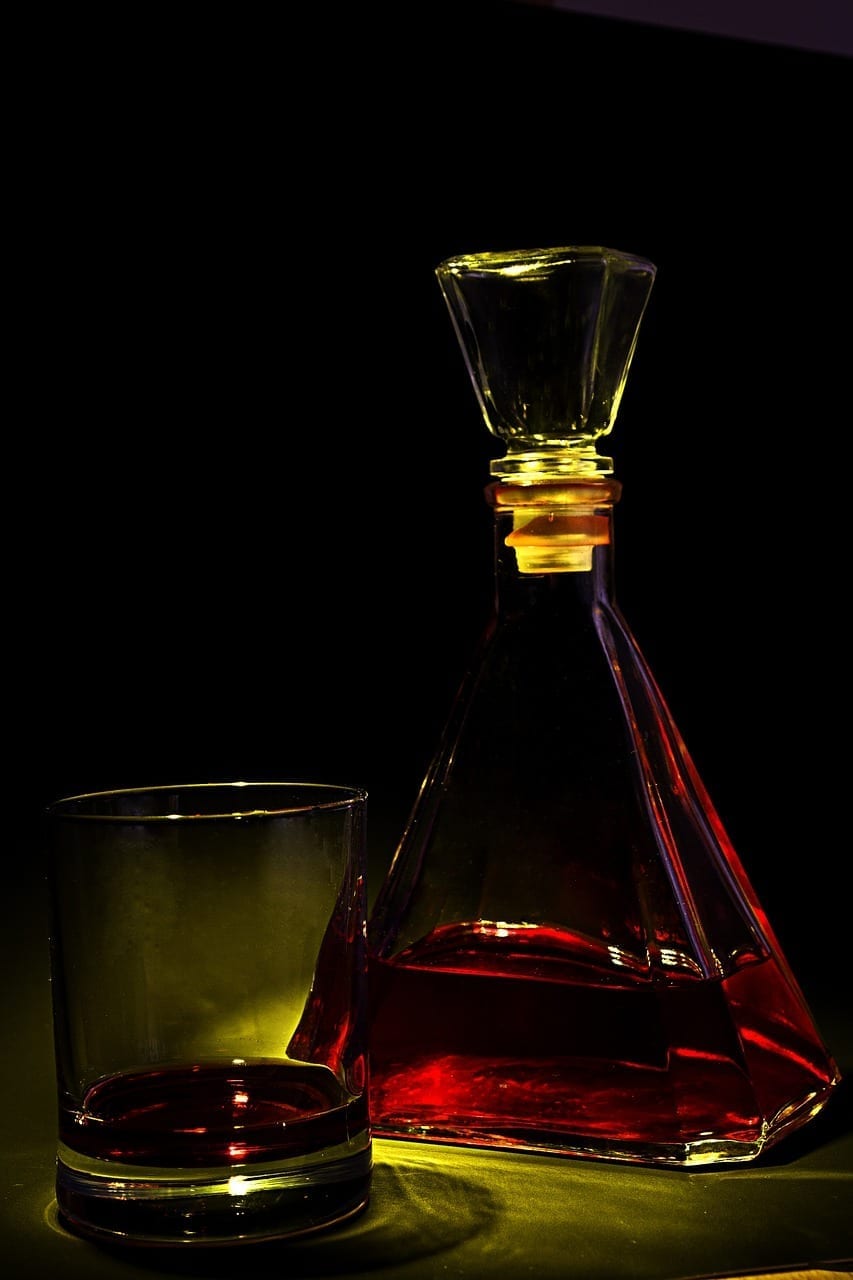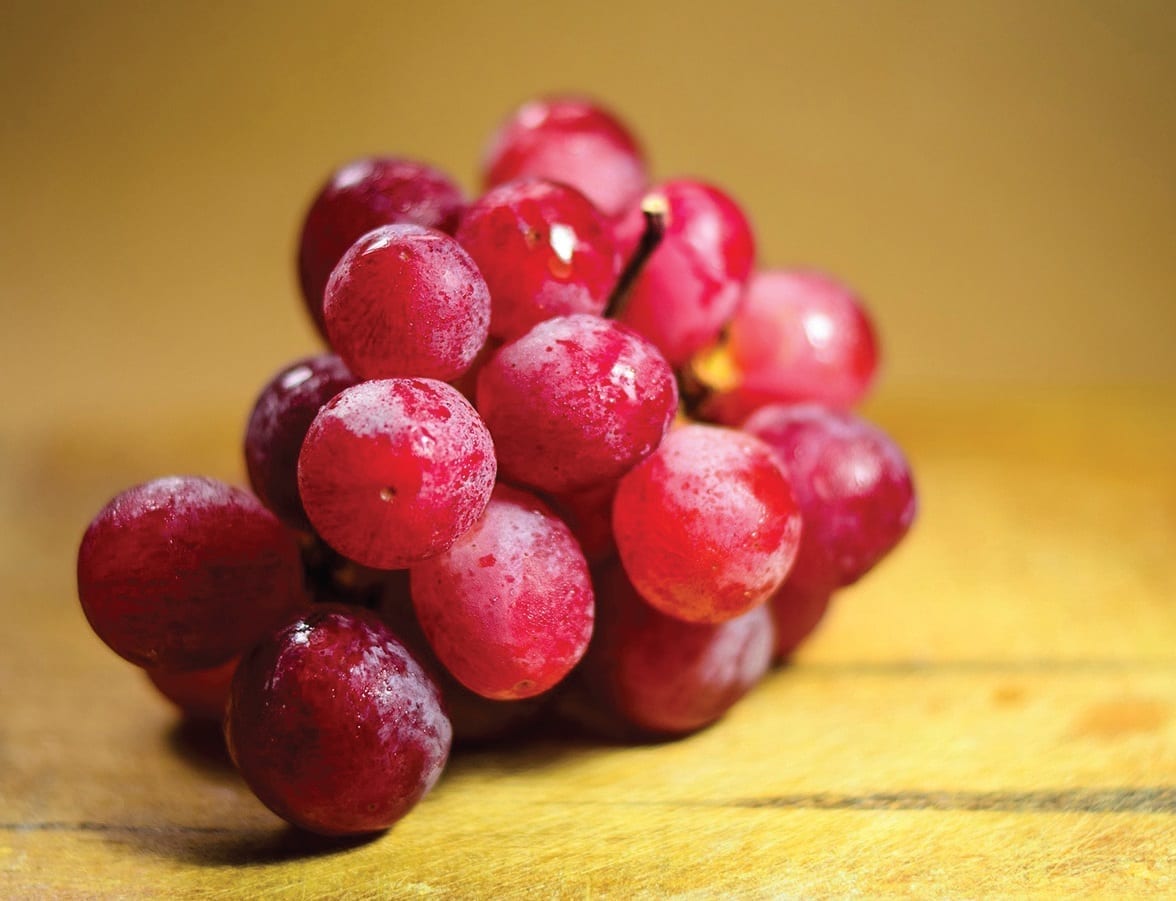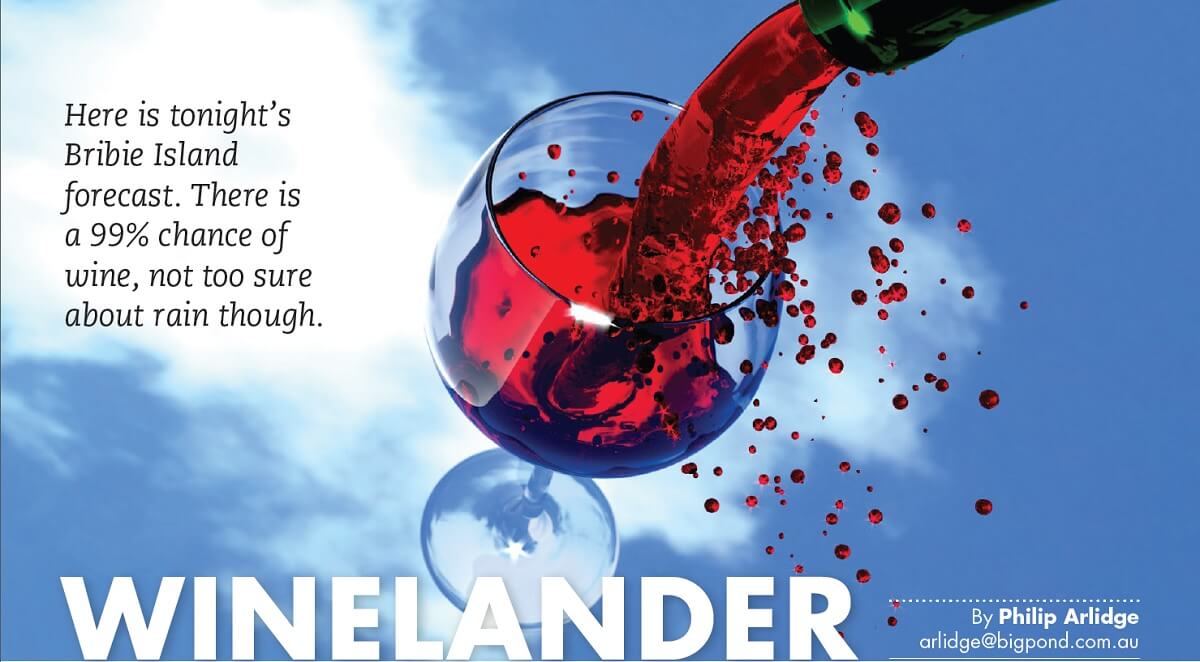There is a phrase in life known as the Eureka moment or Aha moment when one has a sudden understanding of a previously incomprehensible problem or concept. I want you to imagine for one moment you are the owner of one of the nation’s largest family wineries and after studying a picture of a shepherd tending his flock of sheep somewhere in Greece come up with an idea that will revolutionise the Australian wine industry for the next forty years.
In 1966 Mr Tom Angove of Angove Family Winemakers based in South Australia is looking at a shepherd with his animal skin wine pouch full of wine around his shoulders, which is there to satisfy his thirst with lunch and comes up with the idea to develop something that differed to the traditional bottle and cork. With this idea in mind, Mr Angove invented the first Australian Wine Cask which was a plastic bag holding 1 gallon (4.5 litres) of wine inside a cardboard box which he then patented.
Bulk sales of wine had previously been in 2.25 litre glass flagons but once opened oxidised often before the flagon was emptied, however Mr Angove’s method of cutting a corner in the bottom of the bag in much the same way as the shepherd and sealing it with a special peg solved the oxidising problem but proved clumsy and in 1971 Wynn’s developed a tap and sales of casks took off. In the 1980s every major wine company sold 4 or 5-litre casks with the average selling price being just over $1 per litre in the shops, however as the sales grew the quality could only be described as ordinary however they introduced thousands of consumers to the pleasures of wine drinking.
In the mid-1980s Australia had developed a huge lake of surplus wine and many wine companies resorted to ‘dumping’ the premium wine excess in their casks, this was the best period in the life of this size of cask as the quality improved albeit at a loss to the wineries. Then to alleviate the oversupply problem South Australian Government started to pay vineyards to pull vines out and convert the land back to normal farming, a move that almost proved a disaster for the industry as within a few years the rest of the planet discovered Australian wines, especially Jacob’s Creek, and in the early 1990’s we had a severe shortage of fruit to fill the bottles, it was during this period some wineries resorted to bringing in wine from Chile to fill their casks!
 By selling casks to a style rather than using the correct fruit also led to regular wine drinkers losing their interest in Australian Riesling because although the cask was marked Riesling the fruit used, sultanas, made for an insipid drink which bore no resemblance to the beautiful crisp white wines in the bottles, however as a bonus the price of Australian Riesling has never fully recovered and today makes for great value, if you are having oysters or prawns this weekend grab a bottle from your liquor outlet, especially one from The Clare Valley, The Eden Valley, The Great Southern of Western Australia or perhaps a Leeuwin Estate from Margaret River and you won’t be disappointed, one of the great matches in food and wine.
By selling casks to a style rather than using the correct fruit also led to regular wine drinkers losing their interest in Australian Riesling because although the cask was marked Riesling the fruit used, sultanas, made for an insipid drink which bore no resemblance to the beautiful crisp white wines in the bottles, however as a bonus the price of Australian Riesling has never fully recovered and today makes for great value, if you are having oysters or prawns this weekend grab a bottle from your liquor outlet, especially one from The Clare Valley, The Eden Valley, The Great Southern of Western Australia or perhaps a Leeuwin Estate from Margaret River and you won’t be disappointed, one of the great matches in food and wine.
The wine cask in its heyday occupied huge amounts of the liquor store floors and it was not uncommon to see pallets from different vineyards, the most popular ones nationally being Kaiser Stuhl, Coolabah (known as “lady in the boat”) and Berri, but each state had their own favourites. The decline started when wineries decided that rather than producing huge volumes of wines just to sell for very little return it made more sense to concentrate on the bottle market and around this time ‘cleanskins’, or bottles without labels, started to appear on the shelves and offered a way to convert a four-litre cask selling for $5 into five 750 ml ‘cleanskin’ bottles selling for $15.
In recent times several wineries such as Yalumba and De Bortoli have actually introduced two-litre casks containing better quality wine and selling for around $10 – $12 so Tom Angoves Eureka moment still survives. Actually ‘cleanskins’ had been around for years as wineries found it a convenient way to sell the remaining leftovers from the previous year’s vintage rather than invest in a short run of labels which would have been very expensive. Having no label meant they weren’t suitable for sale in the liquor store but only at the cellar door at the winery and in those days it was possible to pick up many a bargain.
Of course, some smart individual, probably a liquor store owner looking at wines in a winery, saw an opportunity to sell an outstanding wine at a reduced price by discounting it without a label and bought the lot so the winery was happy and a new market was born. Soon everyone was getting in on the bandwagon as wineries started to sell surplus stock to the stores without labels and it was so successful some wineries started to make wines for sale as ‘cleanskins’ so much so that in Melbourne, where the licencing laws are a bit more flexible than the punitive laws of Queensland, ‘cleanskin’ shops opened their doors.
It is unlikely that any of the ‘cleanskin’ wines sold in most liquor stores are anything better than the old cask wines, unfortunately it is these wines that will eventually become responsible for an added cost to cheap wine in the form of a minimum floor price on wine based on the number of drinks per bottle, which will make the cheapest bottle of wine be around $11 with a four-litre cask at around $40.
This was introduced into the Northern Territory in June and it is claimed that crime and drunken behaviour has already been reduced, time will tell on this one as it is still possible to order anything you want online and as usual it is also the responsible drinkers that also suffer, strangely it doesn’t affect beer because of the glasses per bottle so the breweries will be very happy, take my word that it will be only a matter of time.
 Online sales of wine have become extremely popular, but have been around for many years especially with consumers who live in out of the way places, and have made it very easy for anyone to access good wine and have it delivered to your door, often at very competitive prices. Sites such as Cellarmasters (owned by Woolworths), Naked Wines, Vinomofo, Wines Selectors, Wines Direct, Laithwaite’s and Theonlinewineshop offer such a service, some even offer free delivery, if you have a computer and have access to the internet it is worth considering.
Online sales of wine have become extremely popular, but have been around for many years especially with consumers who live in out of the way places, and have made it very easy for anyone to access good wine and have it delivered to your door, often at very competitive prices. Sites such as Cellarmasters (owned by Woolworths), Naked Wines, Vinomofo, Wines Selectors, Wines Direct, Laithwaite’s and Theonlinewineshop offer such a service, some even offer free delivery, if you have a computer and have access to the internet it is worth considering.
Also traditional retailers such as Dan Murphy’s (Woolworths owned) and Vintage Cellars (Coles owned) also offer this service, I took advantage of a deal from Dan Murphy’s last week of 1 dozen McWilliam’s Hilltops 2014 Cabernet Sauvignon selling for $12 per bottle instead of $24 and the delivery cost was $6.50 for the case which I felt was good value, also Graysonline carry out wine auctions and it is possible to buy some very good wines at outstanding prices but it pays to know what you are looking for!
I see Joe at The Dock and Dine at Spinnakers is opening a wine bar early May, I have often thought as the demographics of the Island continue to change this would be a welcome addition to the entertainment scene. With views of the Marina, his coffee bar next door and he now owns the Ignite restaurant on the other side this is a perfect spot for a lazy afternoon lunch or relaxing dinner. I believe the wine bar will also be serving Tapas which is a perfect accompaniment to wine, for those lucky enough to have visited Spain will know exactly what I mean!
It was reported in the liquor trade magazine ‘Drinks Trade’ this week that if you are a fan of wines from Margaret River, The Clare Valley or The Barossa Valley the 2019 vintage has proved to be one of the most challenging on record leading to lower yields. Some of the region’s growers are reporting yields of some varieties, particularly the more sensitive ones, to be down as much as 30-40%, unfortunately this is what happens when nature doesn’t play the game, however as usual there is a silver lining as the quality of the Shiraz and Cabernet wines from The Barossa are described as having great colour and intense flavours, whilst the Grenache and Mataro wines are described as exceptional and are shaping up to be the 2019 standouts, no doubt the shortages will be reflected in the prices.
Don’t forget if you need help in selecting any wines or suggestions for a special event or anything to do with wine please feel free to email me on [email protected]. Cheers, Philip Arlidge [email protected]
“I can see you know your wines, most of the guests who stay here wouldn’t know the difference between a Bordeaux and a Claret”
Basil Fawlty
“Age is just a number. It’s totally irrelevant unless, of course, you happen to be a bottle of wine”.
Joan Collins
